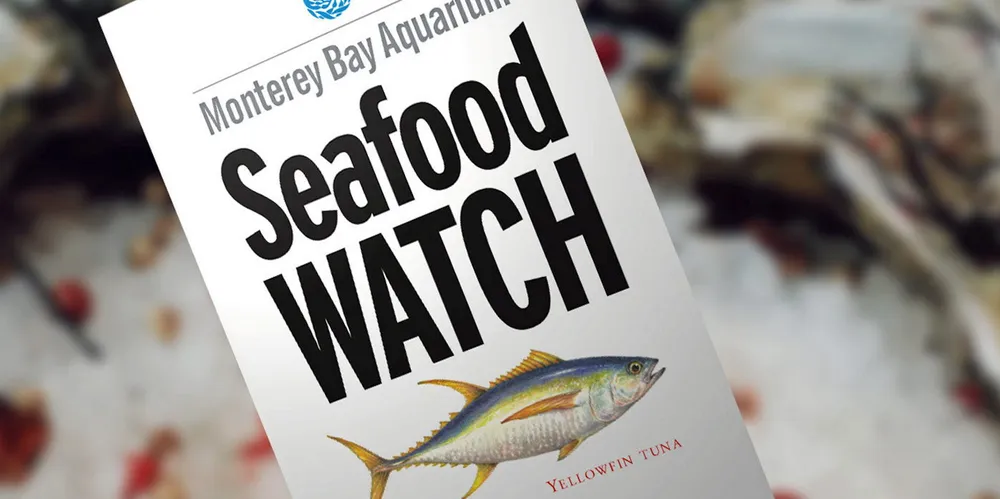It's time to toss out the Seafood Watch card
It's misleading millions of consumers -- the exact opposite of the Monterey Bay Aquarium program's goal.

It's misleading millions of consumers -- the exact opposite of the Monterey Bay Aquarium program's goal.
